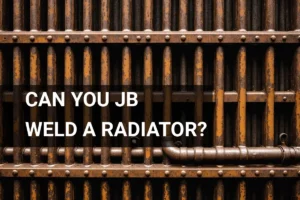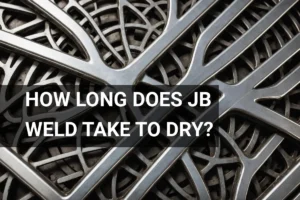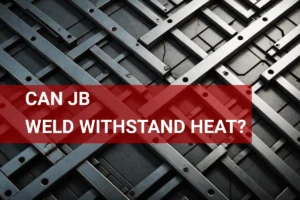Can You Use JB Weld on a Gas Tank? Repairs, Types, and FAQs
Published on: February 23, 2025 | Last modified: March 4, 2025
By: Mark Carter
A gas tank is a container that holds fuel for your vehicle. It’s crucial for the engine to run smoothly.
If you’re wondering can you use jb weld on a gas tank, it’s essential to consider the materials involved. Using JB Weld can be a quick fix, but I’ve seen how it can both help and hinder repairs. Proper knowledge about the specific application makes all the difference!
In this article, we’ll cover various topics, like what a gas tank is, types of gas tanks, steps to repair one with JB Weld, factors affecting its application, and frequently asked questions. You’ll get a complete understanding of whether or not you can jb weld a gas tank.
Contents
Can You Use JB Weld on A Gas Tank?
Yes, you can use JB Weld on a gas tank. It’s easy, but be cautious about fuel leaks. Clean the area well, apply JB Weld, and let it cure for at least 15 hours for best results.
What is a Gas Tank?
A gas tank is a crucial part of your vehicle that stores fuel. Typically made from steel or plastic, gas tanks hold gasoline, diesel, or alternative fuels. Most tanks hold between 40 to 70 liters (10.5 To 18.5 Gallons) of fuel. A properly functioning tank maintains fuel pressure and ensures safe storage.
Can you use JB Weld on a gas tank? Many plug leaks with JB Weld, a strong adhesive. In my experience, it offers a temporary fix, but results vary by tank material and damage extent.
I’ve seen people get a lot of use from it for patching small holes. A friend of mine fixed a minor leak on his steel gas tank with JB Weld and drove for months without issues. Keep in mind, while JB Weld can work for quick repairs, proper long-term solutions are best, especially for plastics. Make sure you’re using JB Weld that’s suitable for your type of gas tank!
Types Of Gas Tanks
What are the types of gas tanks?
Plastic Gas Tanks
Plastic gas tanks are lightweight and corrosion-resistant. You can use JB Weld on a plastic gas tank, but you must prepare the surface properly. Clean the area, sand it for better adhesion, and ensure it’s completely dry before applying JB Weld.
Metal Gas Tanks
Metal gas tanks are durable and commonly found in older vehicles. JB Weld works on metal gas tanks if the surface is clean and rust-free. Wire brush the area, wipe it with a solvent, and apply JB Weld for a strong bond. Seam welding is vital in various industries and helps create leak-proof seals in metal fabrication, providing an understanding of what is seam welding.
Fuel Cell Gas Tanks
Fuel cell gas tanks are used in high-performance racing. While JB Weld can seal leaks, check with the manufacturer first. Clean the surface and apply JB Weld as directed; ensure it’s compatible with your fuel type.
OEM Gas Tanks
OEM gas tanks are original equipment manufacturer products. You can use JB Weld here, but be cautious about warranty issues. Clean the area, wait for it to cool, and then apply JB Weld carefully.
Aftermarket Gas Tanks
Aftermarket gas tanks are replacements from third-party brands. JB Weld typically works on these tanks with proper preparation. Sand the affected area, clean it well, and apply JB Weld evenly for best results.
So far we covered various gas tank types. Next, let’s look at the process for repairing a gas tank with JB Weld.
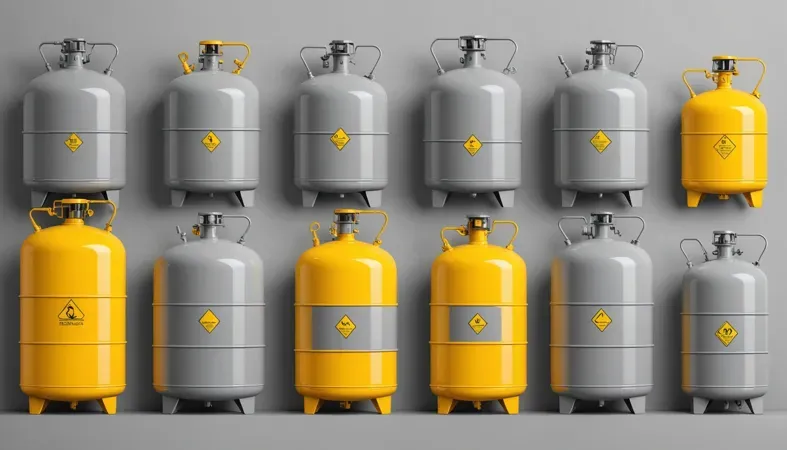
Steps to Repair a Gas Tank With JB Weld
Follow these steps to use JB Weld on a gas tank.
Clean the Surface
Begin by cleaning the area around the leak thoroughly. Use a wire brush to remove rust, dirt, or debris. Aim for a surface free of oils; a degreaser can help. This step is crucial because contaminants can prevent proper adhesion.
It’s vital to allow the area to dry completely before proceeding. Moisture can weaken your bond with the JB Weld. Leave it for about 15-30 minutes for best results.
Prepare the JB Weld
Next, mix the JB Weld components in a clean container. Use equal parts of epoxy resin and hardener, blending them with a stir stick until they are a uniform color. Work quickly, as it’s best applied within 15 minutes after mixing. It sets in about 4-6 hours, but full strength develops in 15-24 hours.
In addition to using epoxies, enhancing your skills with traditional metalworking can lead to better craftsmanship. Discover effective techniques to forge weld durable metals to complement your projects.
If using a different type, like J-B Weld SteelStik, follow the same mixing technique. Each product may have its own setting time, so check the instructions!
Apply the JB Weld
With the JB Weld ready, take a small amount and apply it directly to the leak. Spread it evenly over the damaged area, pushing it into any cracks or holes. Aim for a thickness of about 3 mm (1/8 Inch) for solid coverage. Use a putty knife for smooth application—it makes a big difference!
Safety precautions must always be considered when working with metal surfaces and welding practices as failing to do so can have dangerous consequences, especially when dealing with hazardous materials. For those interested in understanding the complexities and risks associated, the topic of welding galvanized steel provides crucial information on potential health impacts.
Don’t rush this step. A well-applied layer greatly reduces the chance of future leaks. Extend the JB Weld an inch or two beyond the damaged area for proper sealing.
Allow to Cure
After applying the JB Weld, allow adequate time for it to cure. The ideal temperature for curing is around 21°C (70°F). Ensure the area remains undisturbed during this time for a strong bond. Curing takes about 4-6 hours before it can handle fuel, but wait 24 hours for maximum strength. Working with JB Weld can sometimes require the finesse used when welding thin materials, which demands special attention to avoid damage; for more details on this, explore welding thin metal.
During this period, avoid touching or moving the gas tank if possible. This gives the JB Weld the best chance to set properly and form a solid seal.
Test for Leaks
Wait at least a day before refueling and check for leaks. It’s advisable to apply some pressure to the gas tank to see if the repair holds. If done correctly, there should be no weeping or dripping from the patched area.
If you notice any leaks, reapply JB Weld, ensuring to repeat the cleaning process. Remember, your goal is a durable, leak-free gas tank. Don’t skip this step; it’s crucial for your safety!
We covered the steps to fix a gas tank using JB Weld. Next, we will discuss factors influencing JB Weld application.
Factors Affecting JB Weld Application on Gas Tanks
What factors impact the effectiveness of JB Weld for your gas tank repair?
Material Type Of Gas Tank
Different materials require specific JB Weld formulations. For instance, JB Weld works well on steel but is less effective on plastic gas tanks due to varying expansion rates.
Temperature Of Application
Applying JB Weld below 50°F (10°C) can hinder curing. Ideal conditions range from 50°F to 90°F (10°C to 32°C) for a strong bond.
Cleanliness Of the Surface
It’s crucial to clean the surface before application. Dirt, grease, or rust can prevent JB Weld from adhering properly, significantly reducing its strength.
Thickness Of the Material
Thicker materials may require more JB Weld for adequate coverage. Use at least 1/8 inch (3 Mm) of the product to ensure the patch holds under pressure.
Presence Of Fuel Residue
Residual fuel can compromise adhesion. Always ensure tank surfaces are free from any fuel remnants; even small amounts can lead to bond failure.
So far we covered the elements influencing JB Weld application on gas tanks. Next, let’s look at other repair methods for gas tanks.
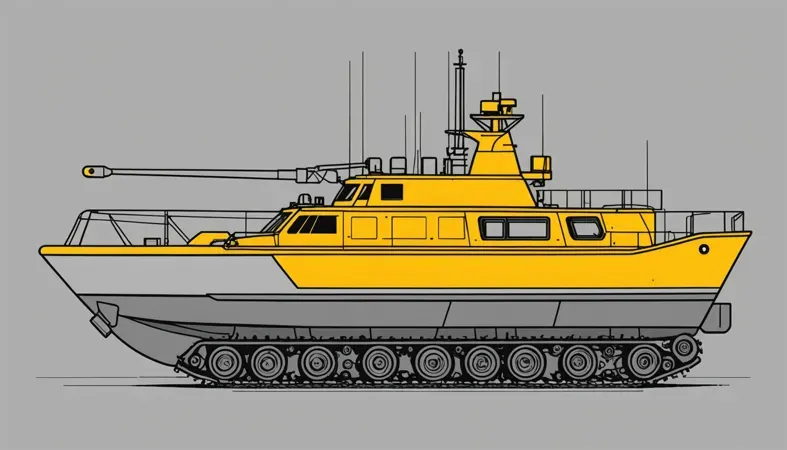
Alternative Repair Methods for Gas Tanks
While JB Weld is a popular option, there are other methods. Let’s explore them!
Fuel Tank Repair Kits
These kits often include a patch and adhesive specifically designed for gas tank repairs. They provide a durable seal and are easy to use. Look for kits rated for your fuel type.
Welding
If you’re dealing with metal tanks, professional welding is a strong long-term solution. It permanently fixes leaks when done properly. However, you’ll need access to welding equipment and skills.
Fiberglass Epoxy
This method uses fiberglass cloth and epoxy resin to form a robust repair. It’s especially effective on plastic tanks. The process involves applying layers for strength.
Sealants
There are specialized sealants made for fuel tank repairs. They can handle gasoline and don’t require mixing like epoxies. Just apply them directly to the damaged area following the instructions!
So far we covered alternative ways to repair gas tanks. Next, let’s look at how these methods compare.
Comparing Repair Methods for Gas Tanks
| Method | Material Compatibility | Ease of Use | Durability |
|---|---|---|---|
| JB Weld | Steel, limited for plastic | Moderate | Good |
| Fuel Tank Repair Kits | Both | Easy | Very Good |
| Welding | Steel | Difficult | Excellent |
| Fiberglass Epoxy | Plastic | Moderate | Good |
| Sealants | Both | Easy | Good |
Frequently Asked Questions (FAQs)
Now let us look at some common questions I typically get asked.
Can JB Weld Epoxy Be Used on a Gas Tank?
Yes, JB Weld epoxy can be used on a gas tank. This epoxy can withstand temperatures up to 120 °C (250 °F) and withstand various chemicals, including gasoline. However, ensure the surface is clean and dry for a secure bond.
Will JB Weld Hold Up in Gasoline?
Yes, JB Weld will hold up in gasoline. It’s designed to resist fuels and solvents, making it reliable for fuel tank repairs. For those considering options for strong adhesives, JB Weld is a fantastic choice. Always allow the epoxy to cure fully, typically 24 hours, before exposing it to gasoline.
For those exploring advanced welding techniques, understanding the nuances of B pressure welding is essential in many industrial applications.
What Can You Use to Patch a Gas Tank?
You can use several materials to patch a gas tank, including epoxy, fiberglass, and specific tank repair kits. Epoxy is popular due to its strength and resistance to chemicals, while fiberglass adds extra durability.
What is the Best Epoxy for Metal Gas Tank Repair?
The best epoxy for metal gas tank repair is often considered to be JB Weld original formula. It offers high tensile strength, about 1,170 kg/cm² (16,500 Psi), making it ideal for high-stress applications like gas tanks.
Can You Patch a Plastic Gas Tank With JB Weld?
No, JB Weld isn’t recommended for plastic gas tanks. Instead, use a special plastic epoxy designed for bonding plastics to ensure a proper seal and resistance to fuel. Choosing the right product helps prevent leaks.
Is It Safe to Use JB Weld on a Fuel Tank?
Yes, it can be safe to use JB Weld on a fuel tank if applied correctly. Ensure proper preparation and follow manufacturing instructions for reliable results. Safety is paramount, especially with flammable materials involved. However, when considering welding in challenging environments, it’s important to assess the risks of underwater welding as it involves unique hazards and technical precautions.
What Preparation is Needed Before Using JB Weld on a Gas Tank?
Prior to using JB Weld on a gas tank, clean the surface thoroughly. Remove rust, dirt, and oil using a wire brush or sandpaper. This preparation ensures better adhesion and increases the success of the repair. For additional techniques, check this guide on how to remove welds.
How Long Does JB Weld Take to Fully Cure?
JB Weld takes about 24 hours to fully cure at room temperature. While it sets in about 4 to 6 hours, allowing it to cure completely ensures maximum strength and resistance to chemicals.
Conclusion
You made it to the end. We covered the gas tank definition, various types of gas tanks, steps to effectively repair a gas tank with JB Weld, and the factors you must consider for application. We also tackled some frequently asked questions about using JB Weld on gas tanks, including its compatibility with different materials.
So, can you use JB Weld on a gas tank? Yes, with precautions. Remember, JB Weld is effective for sealing many types of gas tanks, including steel and plastic, but ensure the surface is clean and dry. Wishing you success in your welding projects, and always take safety with you as a priority.
If you’re curious to delve deeper into the world of welding, feel free to check out What is Welding for further insights.
References
- International Organization for Standardization. (2017). ISO 3834: Quality Requirements for Fusion Welding of Metallic Materials. Geneva, Switzerland: ISO.
Mark is a skilled welding engineer specializing in advanced metal joining technologies and process design. With a formal education in welding engineering and a background rooted in practical experience, Mark bridges the gap between theory and application. He is passionate about making technical concepts accessible, empowering welders to embrace innovation while mastering essential skills. Mark combines his scientific expertise with a commitment to supporting the welding community alongside his uncle, Joe.
Automotive, Epoxy Adhesive, Fabrication, Gas Tank Repair, Jb Weld, Leak Sealing, Metal Fabrication, Repair Methods, Welding, Welding Equipment, Welding Techniques
